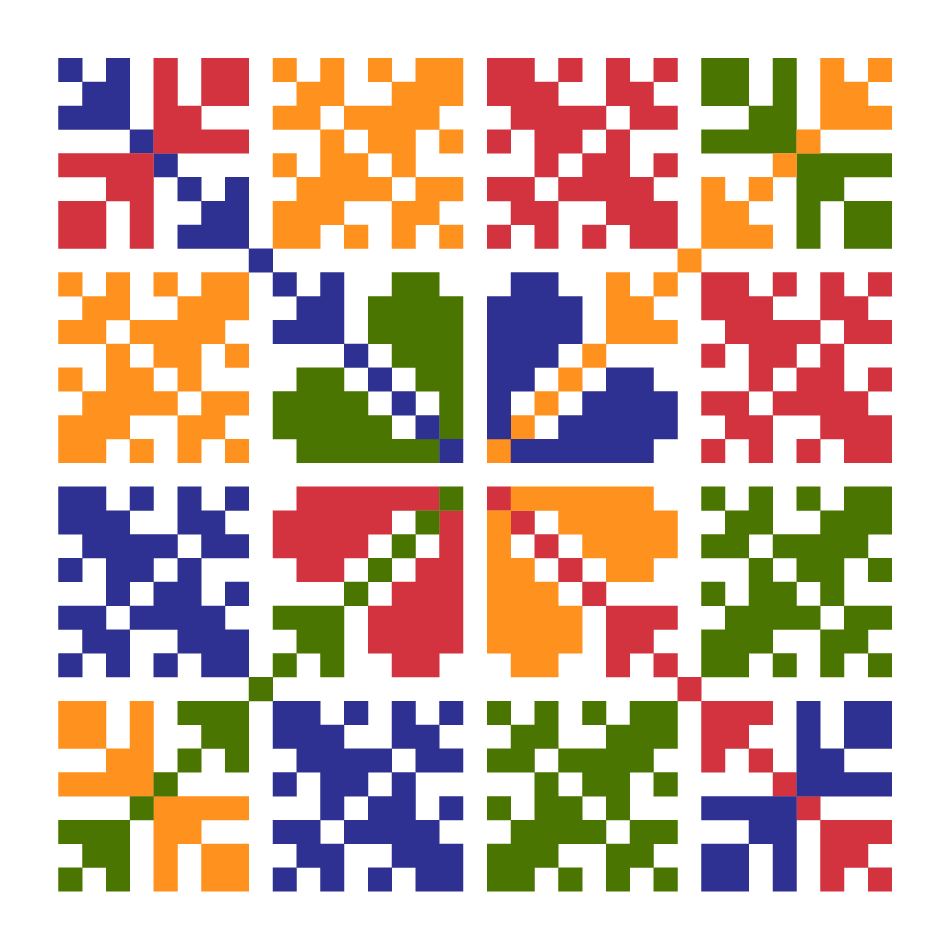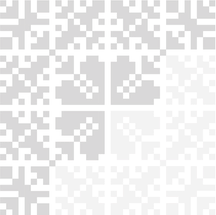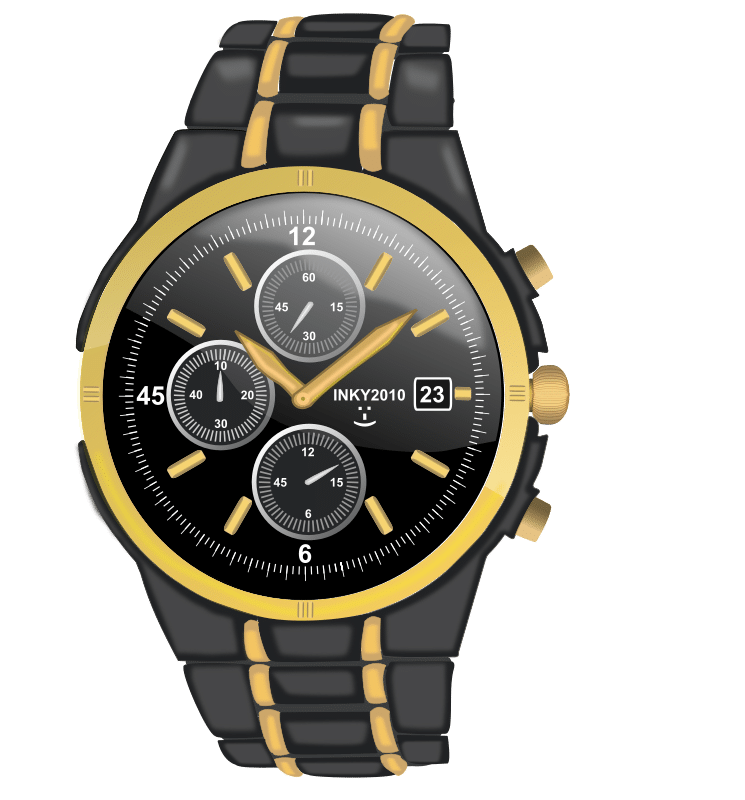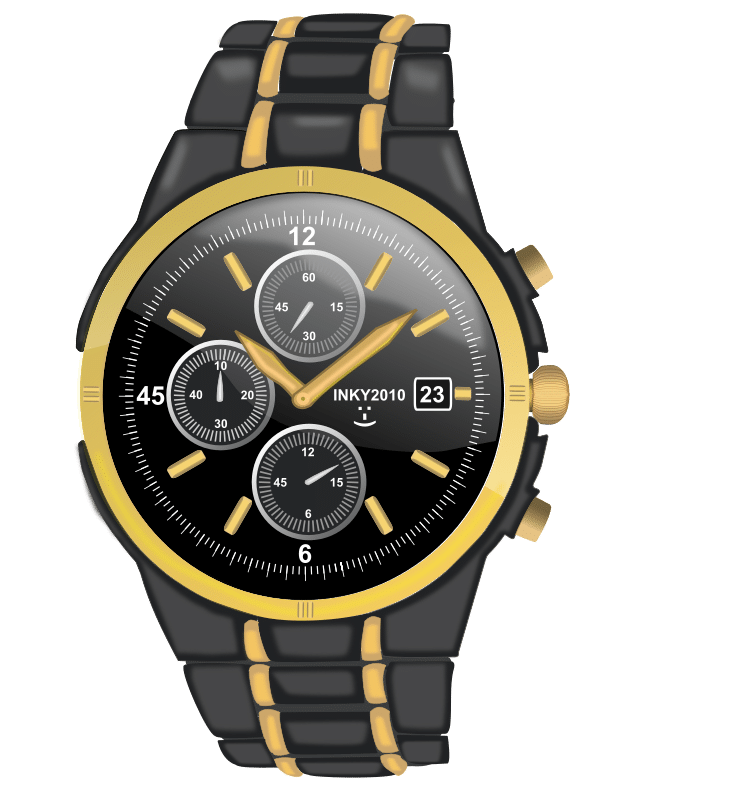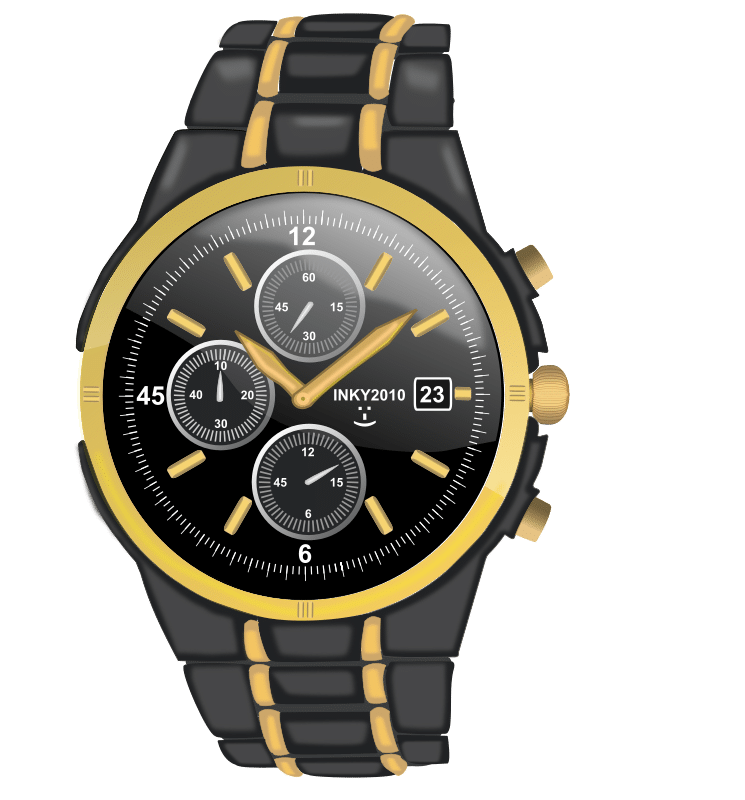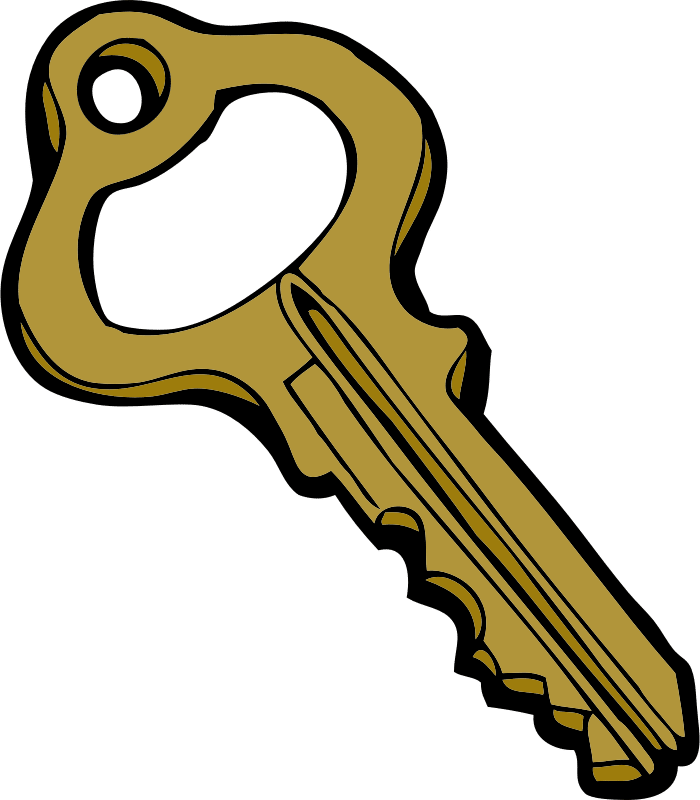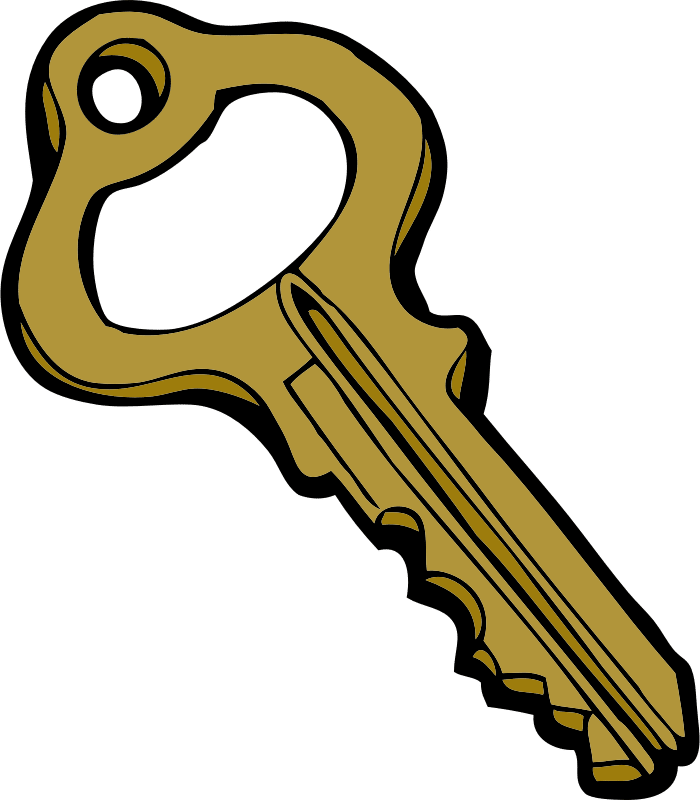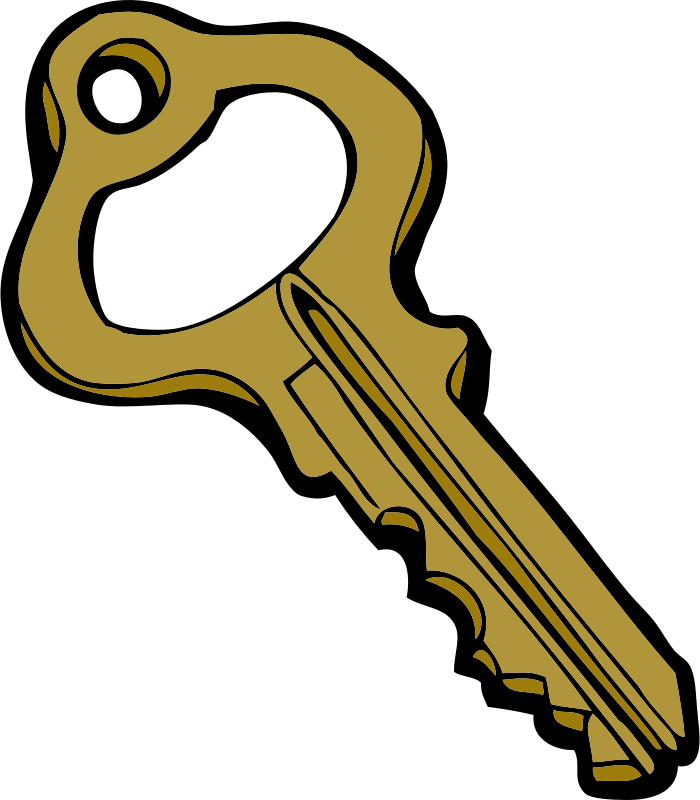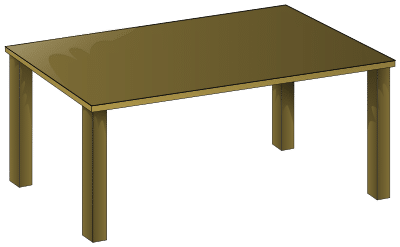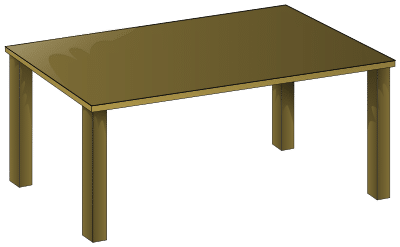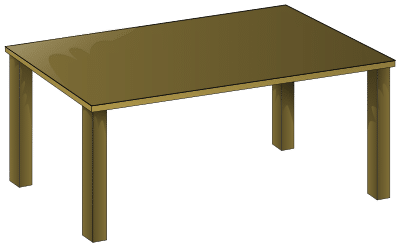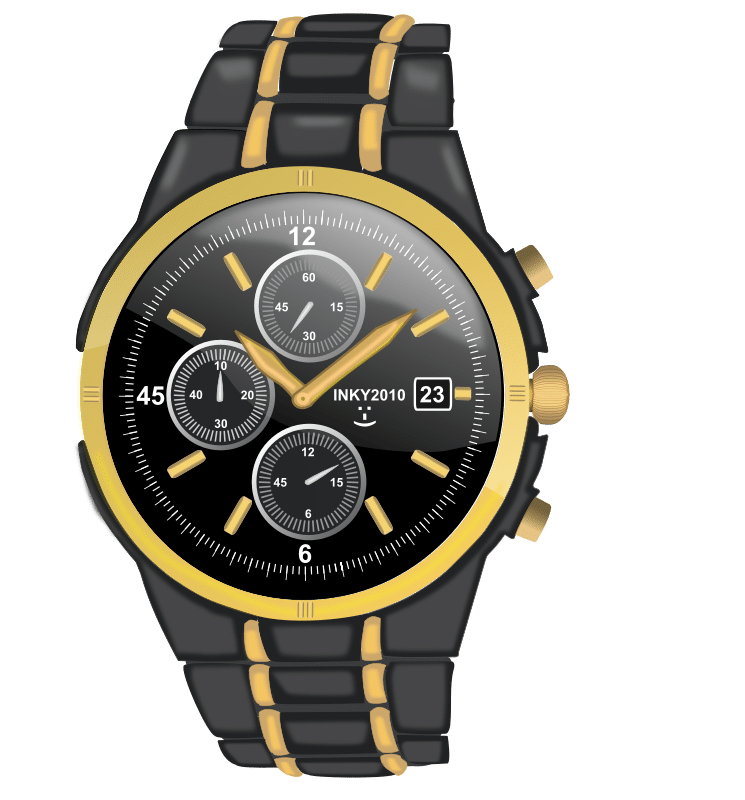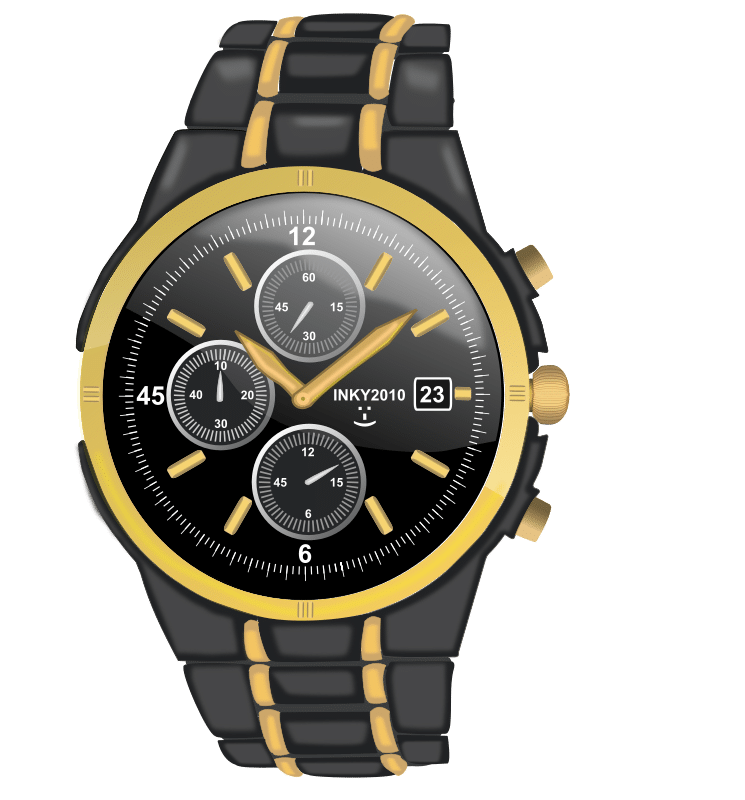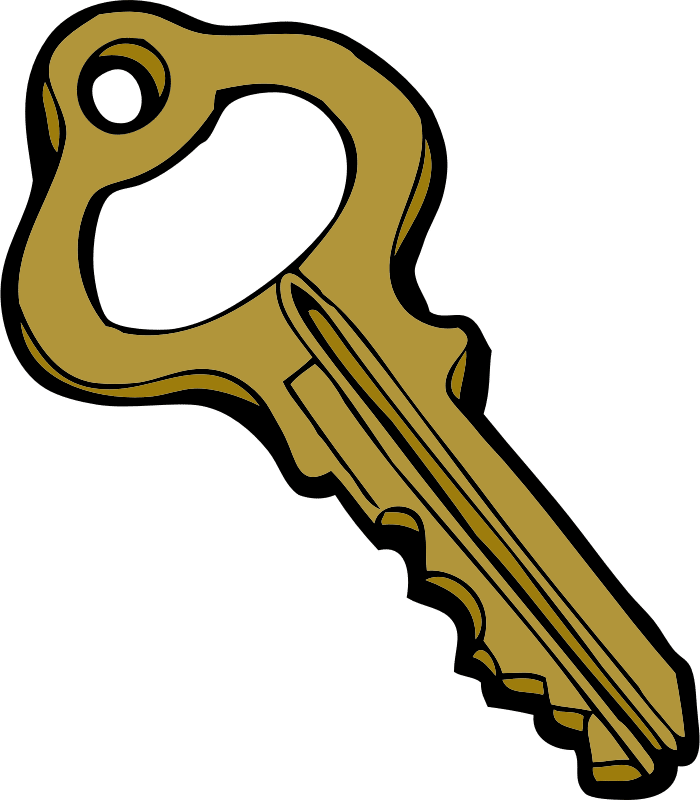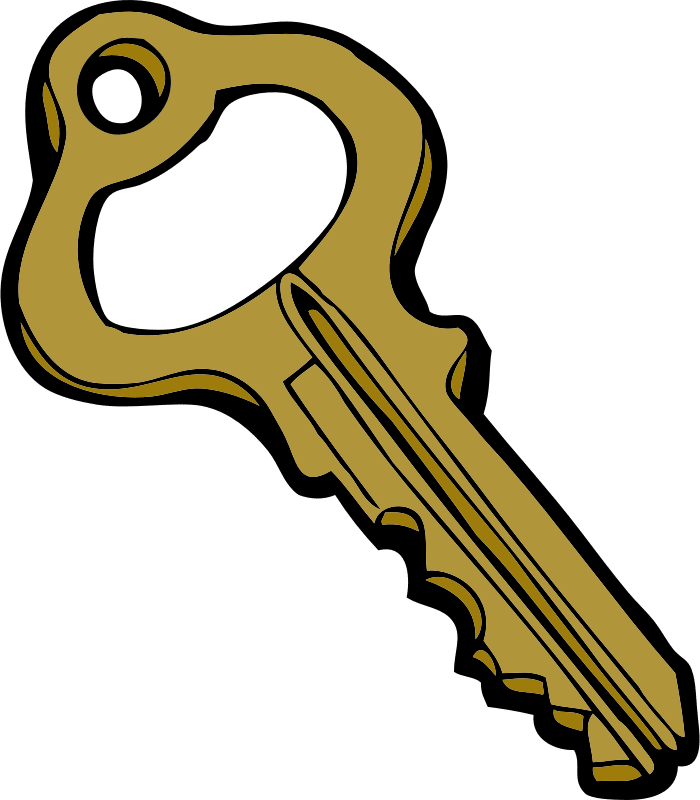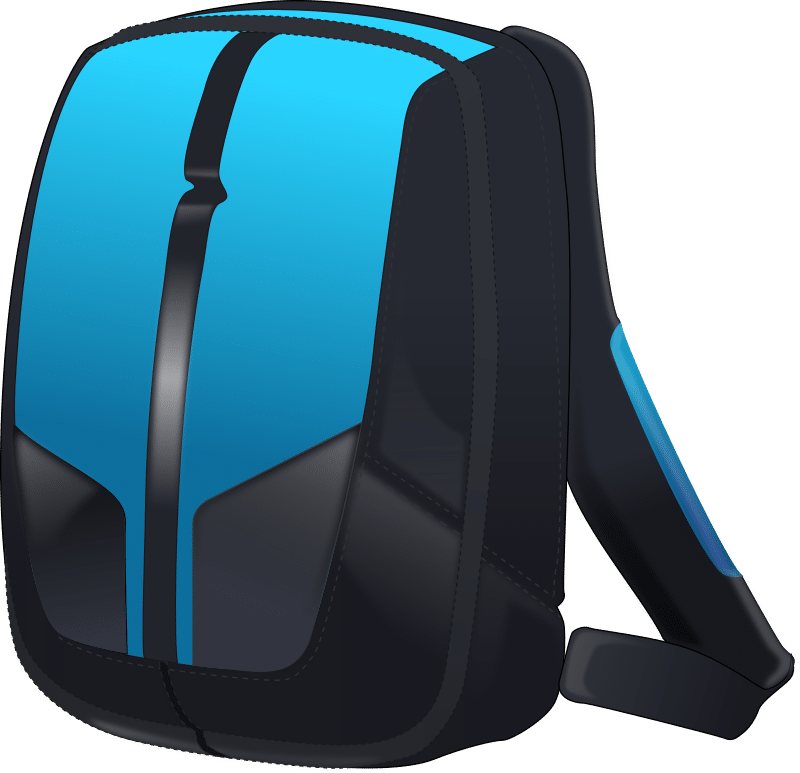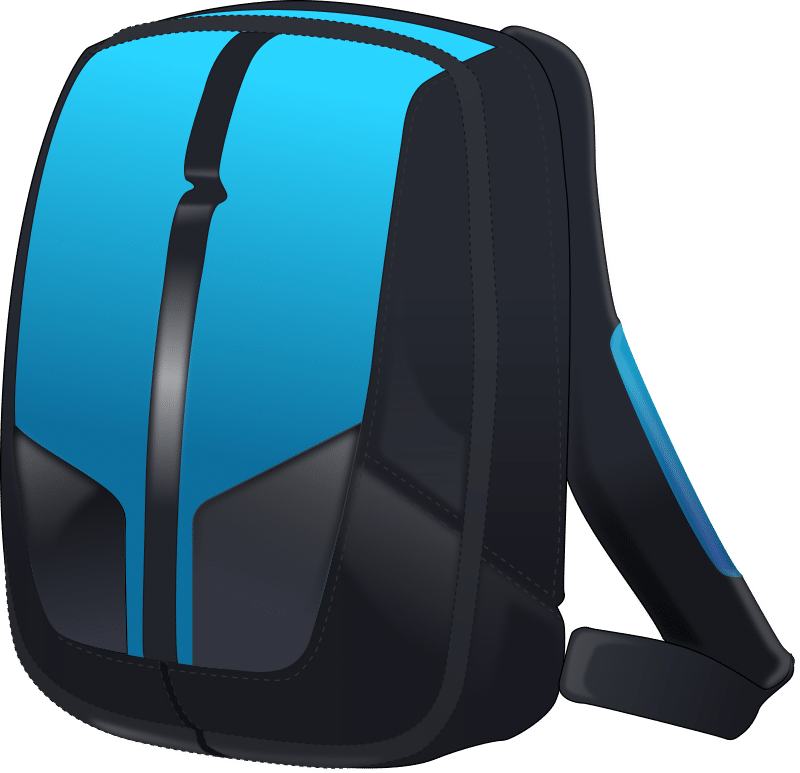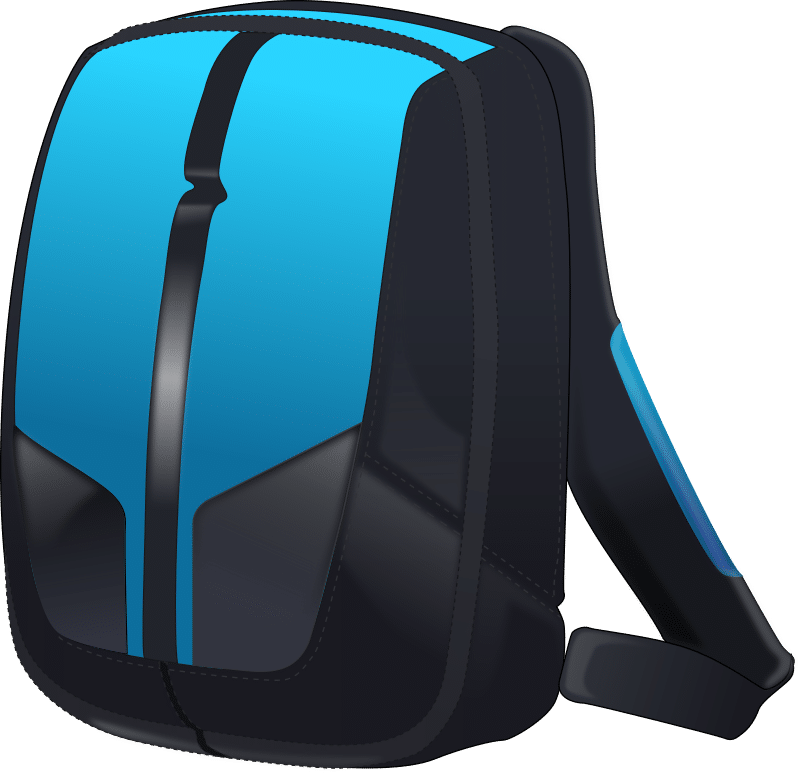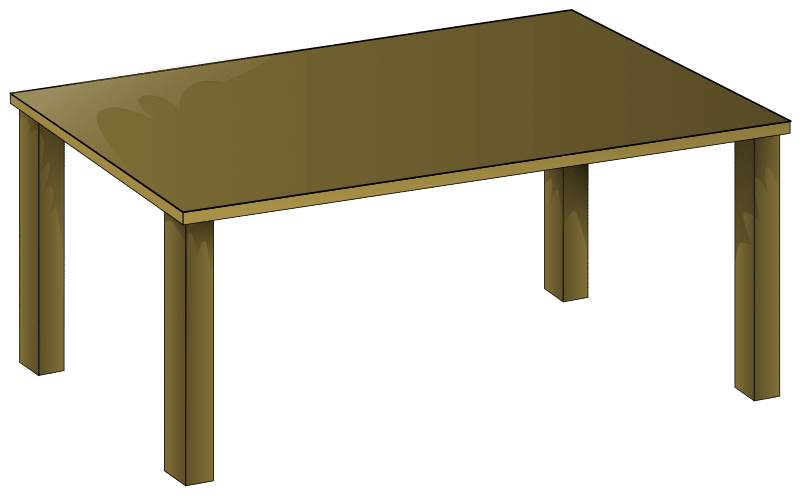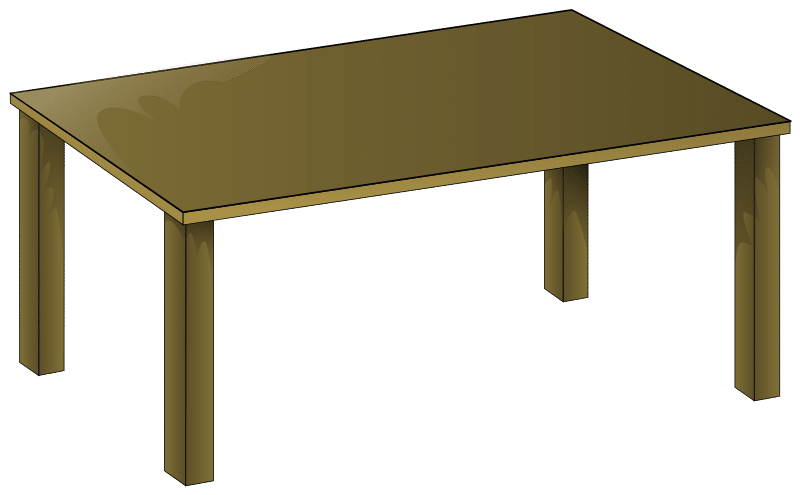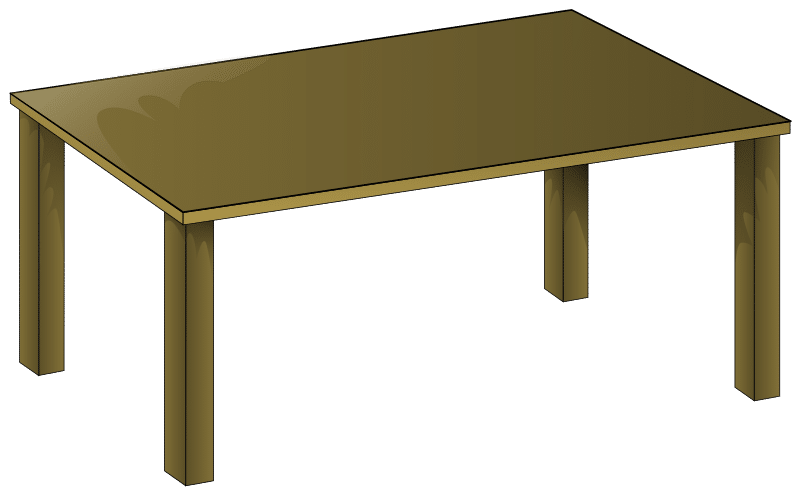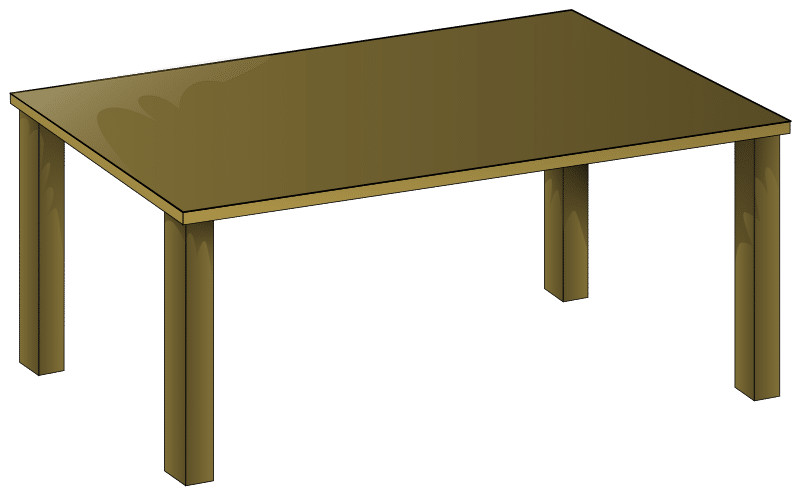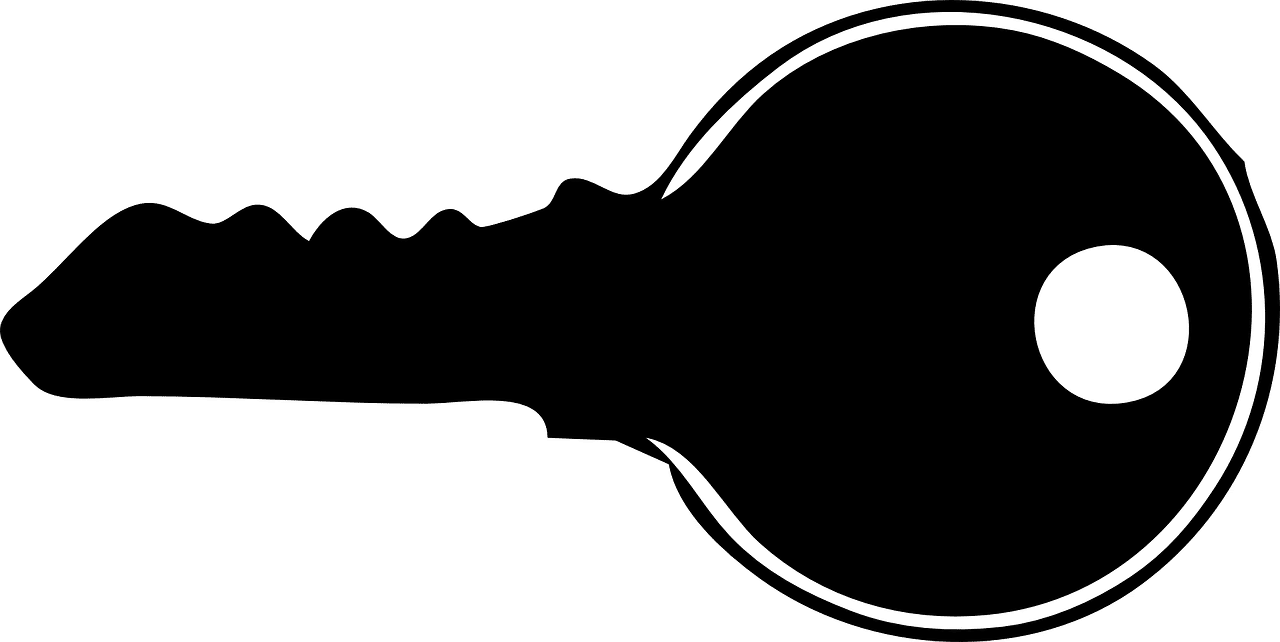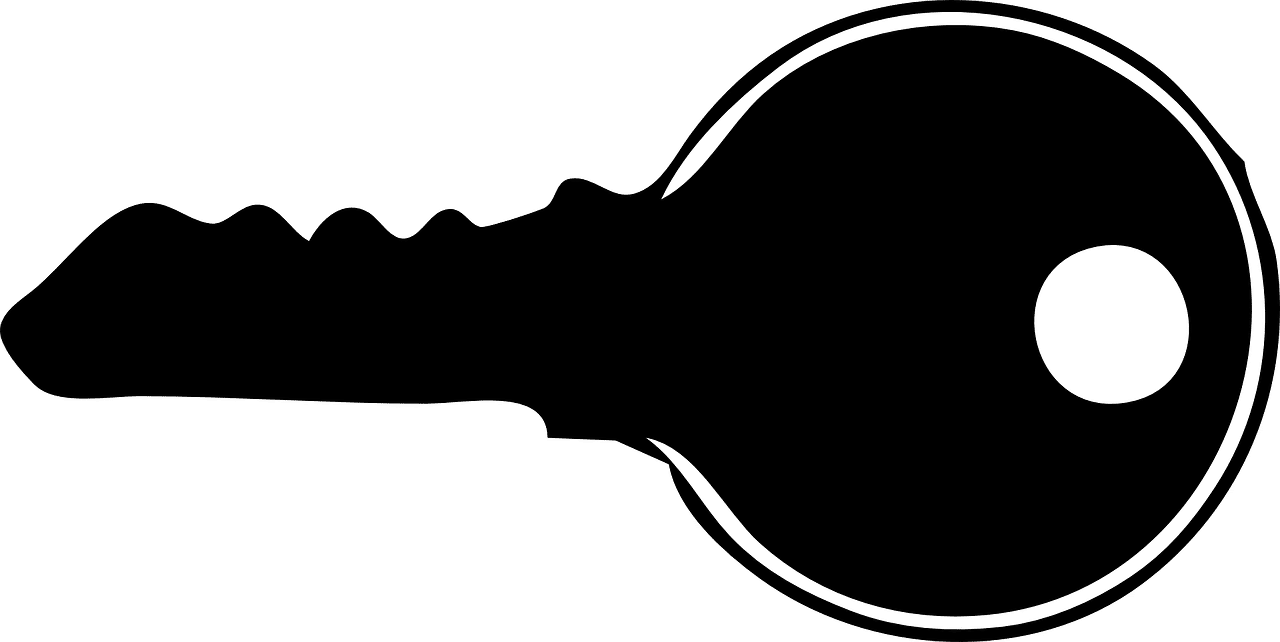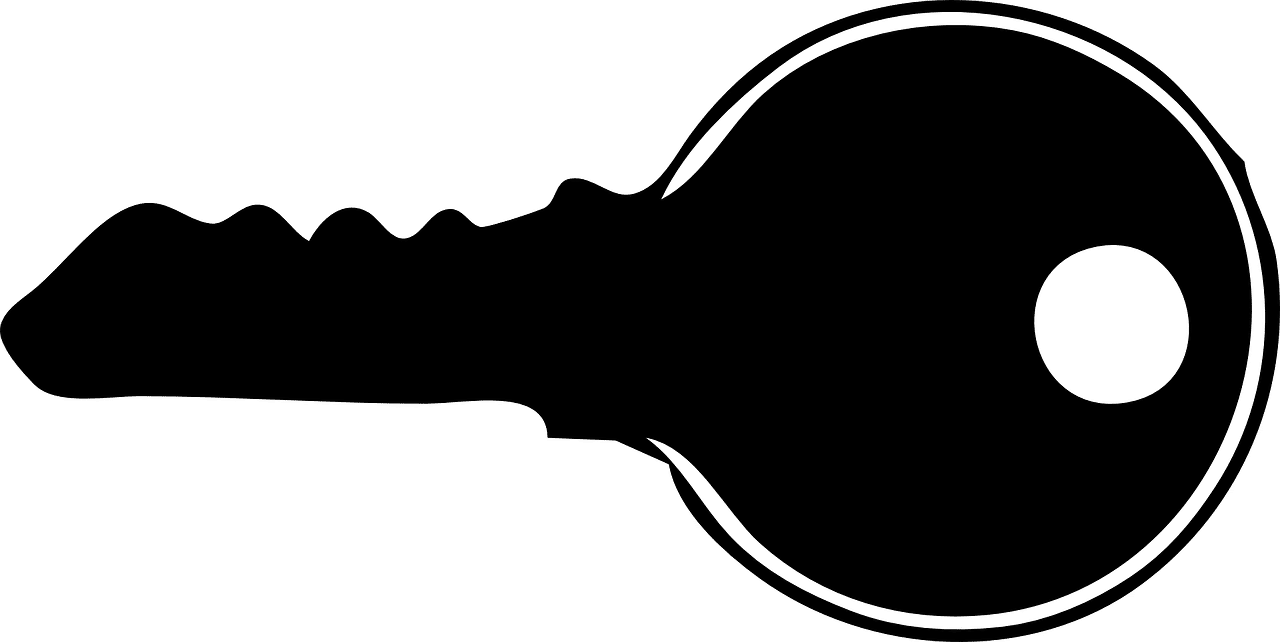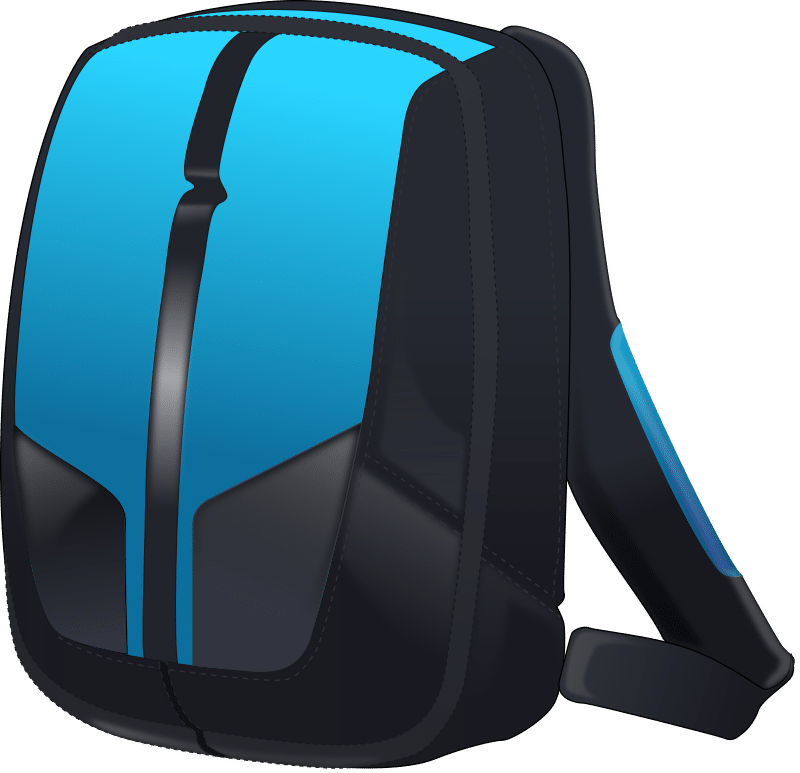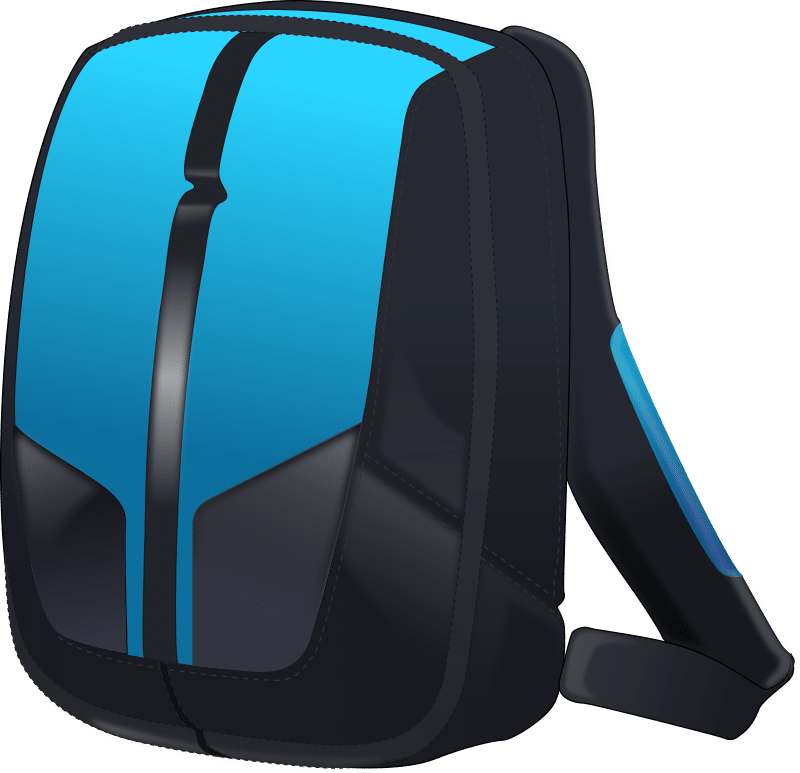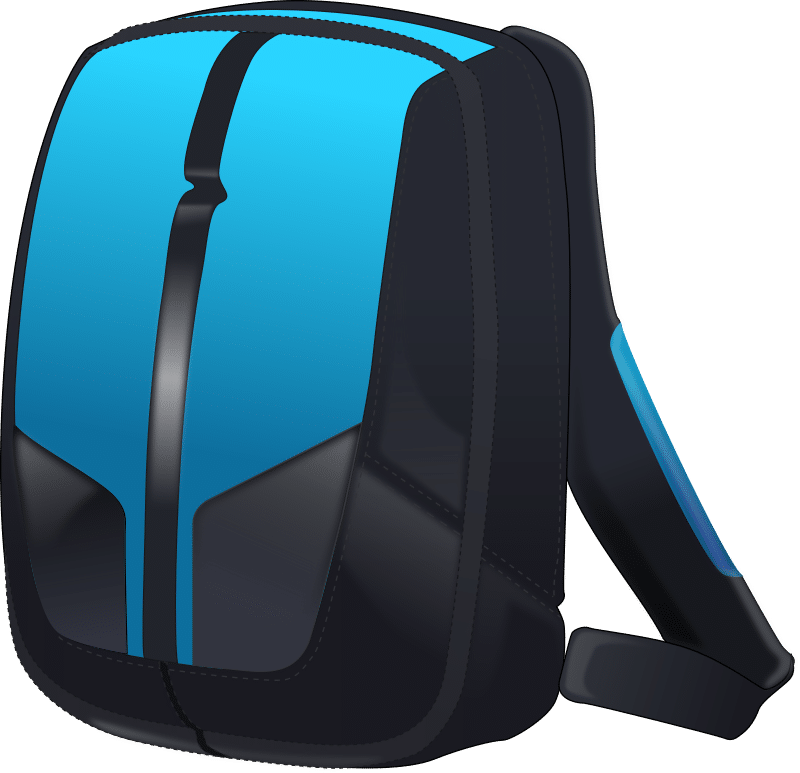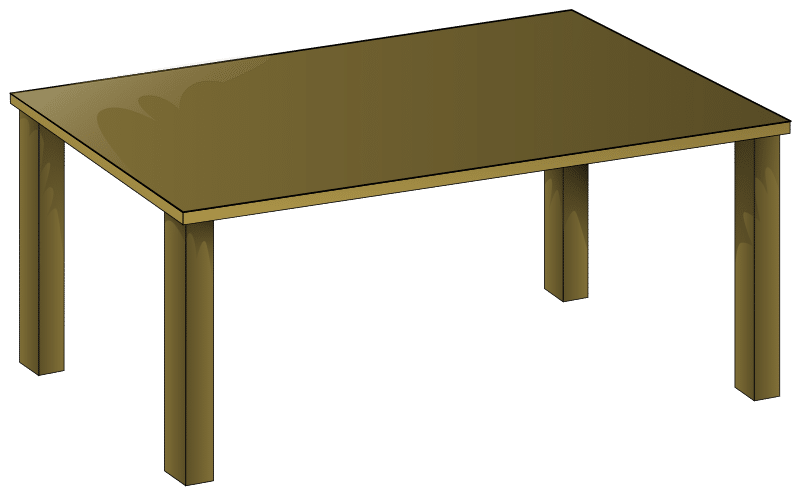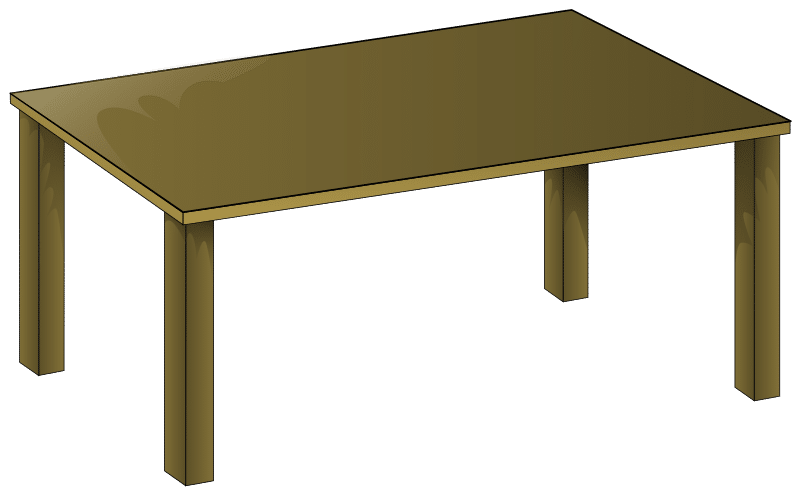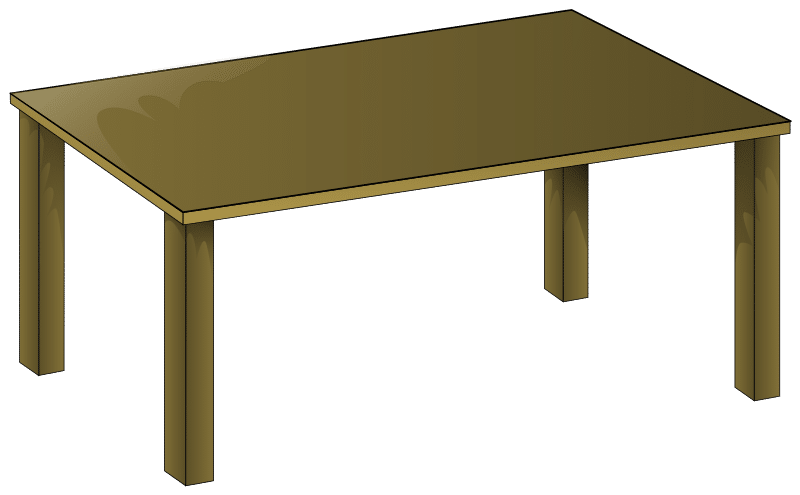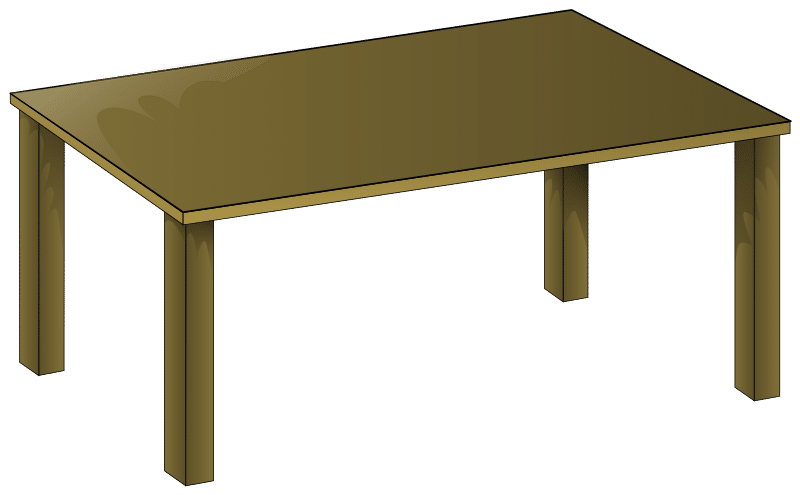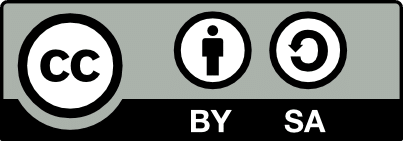C1 M2 L3 Grammar
1 | Modul 2:
Biti ili ne biti
1 | 2 | Lekcija 3: Naše stvari
| Masculine gender and plural nouns
S I N G U L A R | P L U R A L | ||
Ovo je | Ovo su | ||
novčanik | novčanici | ||
Ovo je | Ovo su | ||
sat | satovi | ||
Ovo je | Ovo su | ||
ključ | ključevi | ||
| Masculine nouns and some exceptions when forming the plural
As you may have noticed in this lesson when we talk about plural masculine nouns, some of these masculine nouns were a little bit different when plural:
S I N G U L A R | P L U R A L | ||
| |||
stol | stolovi | ||
| |||
sat | satovi | ||
| |||
ključ | ključevi | ||
| |||
koš | koševi | ||
| |||
ruksak | ruksaci | ||
| |||
udžbenik | udžbenici | ||
| |||
novčanik | novčanici | ||
| |||
liječnik | liječnici | ||
You already know that masculine nouns in their singular form end in a consonant (student, laptop, kompjutor, etc.), and when we create the plural form for each of those nouns we just need to add -i (studenti, laptopi, kompjutori). However, there are several subgroups of masculine nouns in the plural form:
1 | Regular consonant ending (we already learned these): laptop, kompjutor, student. |
2 | Monosyllabic masculine nouns: stol, sat, koš, ključ. |
3 | Masculine nouns that end in -K: ruksak, udžbenik, novčanik. |
4 | Masculine nouns that have -a- before the final consonant ending: policajac, vatrogasac. |
For now, we will look at Subgroup 2 and Subgroup 33.
| Subgroup 2. One syllable nouns have an additional element before the plural ending -i
All one syllable masculine nouns that have a regular final consonant letter (like we have in English) will use the most common form of -ov- -i.
stol | stol ov i stolovi |
All one syllable masculine nouns that end in palatal consonants, or to say -- in one of the Croatian letters (č, ć, lj, nj, j, š, ž, đ , dž) will need to use -ev- -i.
koš | koš ev i koševi |
ključ | ključ ev i ključevi |
| Subgroup 3. Nouns that end in -k
All masculine nouns that end in -k (ruksak, udžbenik, liječnik) undergo a certain sound change when creating a plural form. In other words, the final -k sound will become -c- before we add the final -i in the plural. For example:
ruksak | ruksak i [ k i = ci ] ruksaci |
udžbenik | udžbenik i [ k i = ci ] udžbenici |
liječnik | liječnik i [ k i = ci ] liječnici |
| Asking about ownership
Most likely, when you want to answer the question – Whose? (To whom does something belong?) - you will use a possessive pronoun (This is hers.) or a personal name (This is Masha’s book) in your answer. We are still far away from using personal names in this type of answer, so we will just focus on answering the question “Whose?” by using possessive pronouns (This is hers./ This is her book.). The tables below will show you the specific forms of these words.
Masculine | Čiji je kovčeg? | Whose suitcase is this? suitcase is masculine, thus “whose” has to be in the masculine form as well | |
Feminine | Čija je majica? | Whose t-shirt is this? t-shirt is feminine, thus “whose” has to be in the feminine form as well | |
Neuter | Čije je pismo? | Whose letter is this? letter is neuter, thus “whose” has to be in the neuter form as well | |
|
|
| |
Plural (m) | Čiji su papiri? | Whose papers are these? papers are masculine, thus “whose” has to be in the masculine plural form as well | |
Plural (f) | Čije su cipele? | Whose shoes are these? shoes are feminine, thus “whose” has to be in the feminine plural form as well | |
Plural (n) | Čija su pisma? | Whose letters are these? letters are neuter, thus “whose” has to be in the neuter plural form as well |
Remember that each possessive pronoun has to be in the same gender of the noun it refers to.
For example:
S I N G U L A R | P L U R A L |
Moj stol. | Moji stolovi. |
Moja knjiga. | Moje knjige. |
Moje pismo. | Moja pisma. |
Below you will find the forms for each possessive pronoun in all three genders and in the singular and plural form.
Note: This is something that we will be working on throughout the semester. It is not necessary to memorize all forms now, but you will see a pattern between the possessive pronoun and a noun. Thus, it will be easy to use them. All possessive pronouns almost always have the identical ending form as the noun it describes.
Čiji – Čija – Čije je?
ja | ti | on | ona | ono | mi | vi | oni | one | ona |
moj moja moje | tvoj tvoja tvoje | njegov njegova njegovo | njezin njezina njezino | njegov njegova njegovo | naš naša naše | vaš vaša vaše | njihov njihova njihovo | ||
Čiji – Čije – Čija su?
moji moje moja | tvoji tvoje tvoja | njegovi njegove njegova | njezini njezine njezina | njegovi njegove njegova | naši naše naša | vaši naše naša | njihovi njihove njihova |
Examples for “MY” (in all gender forms, singular and plural).
Singular
Ovo je moj laptop.
Ovo je moja torba.
Ovo je moje ogledalo.
Plural
Ovo su moji laptopi.
Ovo su moje torbe.
Ovo su moja ogledala.
1.2 Zadatak 5. Čije je?
Look at the following pictures and complete the task.
Images used in this document are from these sources.
